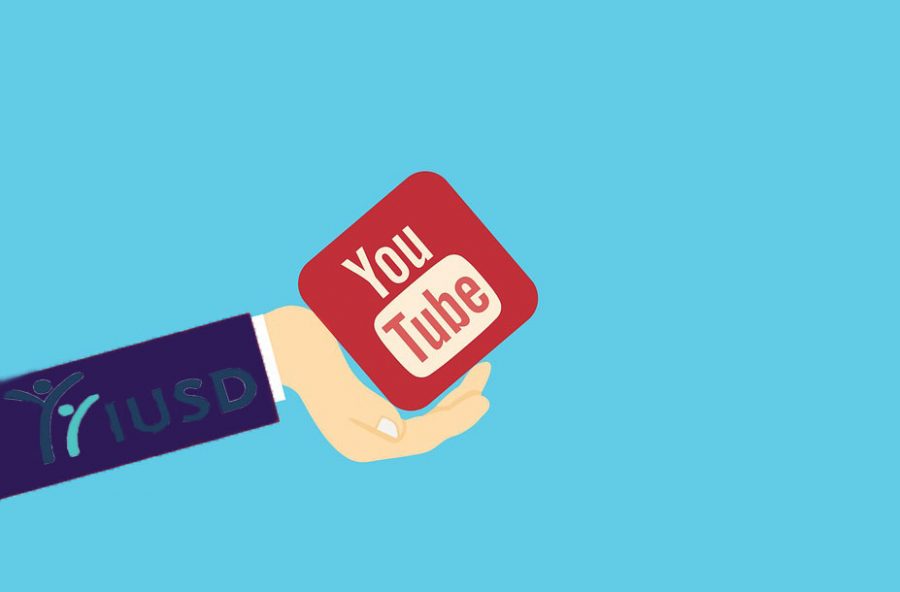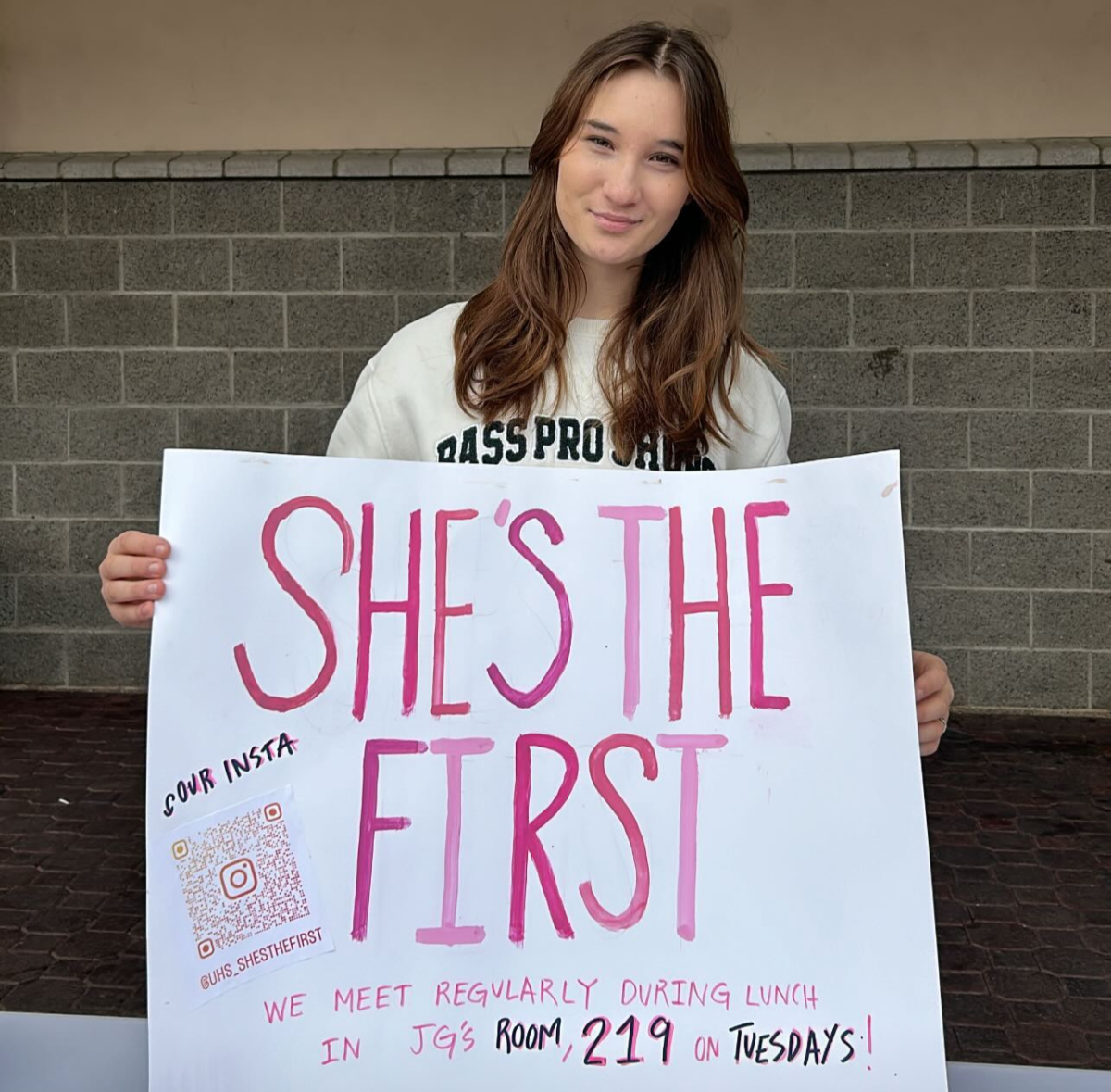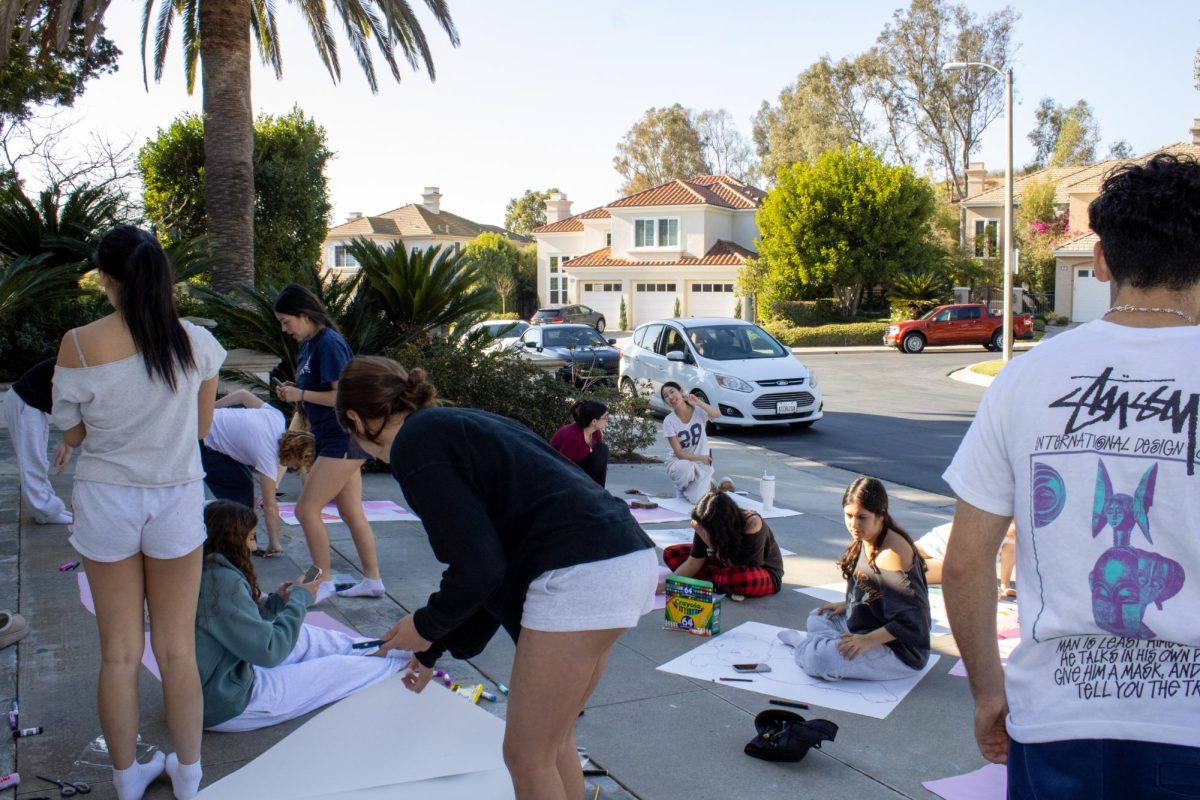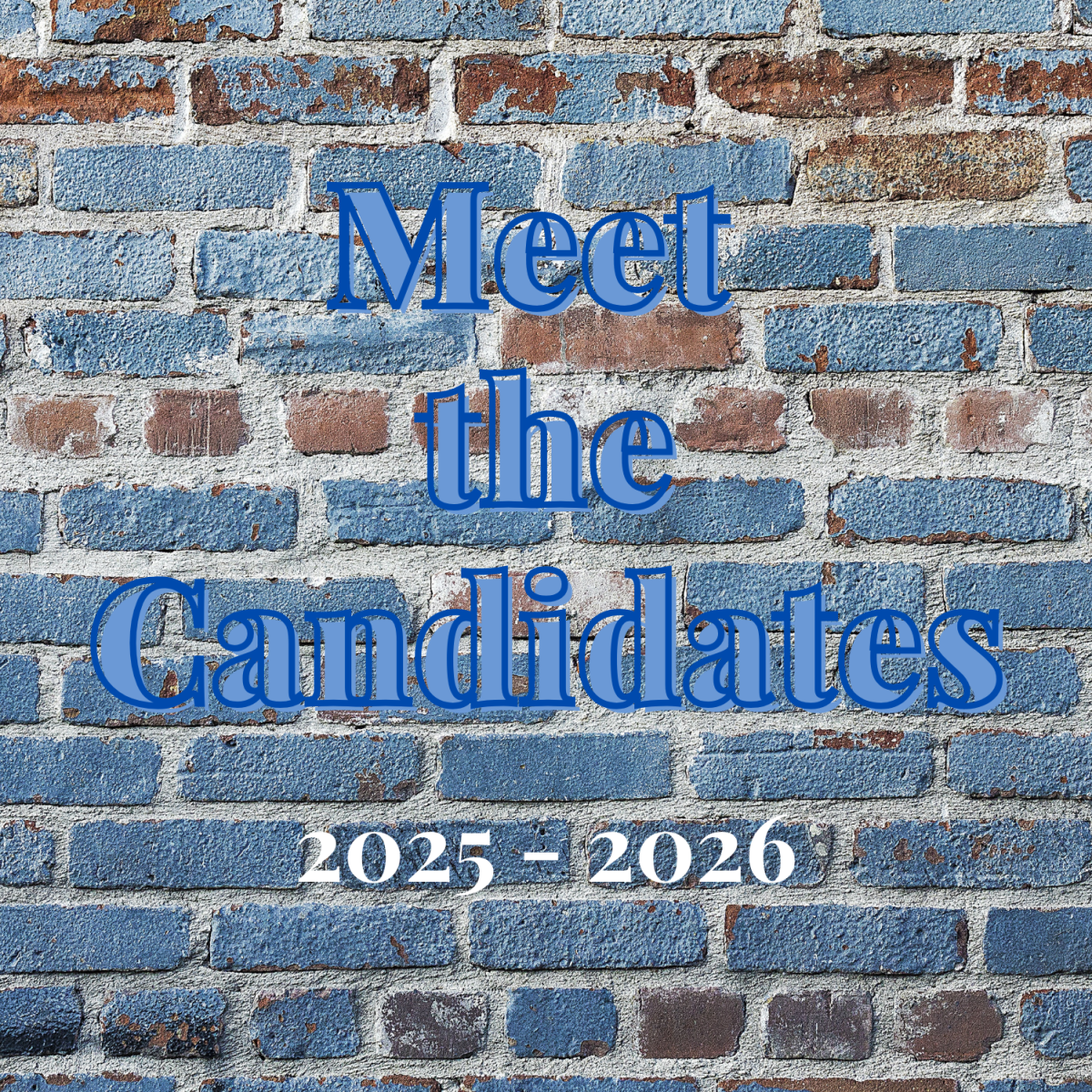BY ADITYA TYAGI
Staff Writer
Recently, a new IUSD policy was posted on the UHS website, stating that students could finally access YouTube on public Wi-Fi after a two-year drought. All you have to do is join a Canvas course to prove you are a responsible enough student, earn 100% on a quiz given there, and then you are free to access Youtube…with filtered results! Yay!
Soon after I saw the post, I decided to put the course on my own test. After accessing the course through the UHS website, I was met with only two things: a video and the quiz itself. The way students are supposed to take the course is by watching the video, which informs students of information regarding digital citizenship, then taking the quiz. As mentioned above, 100% is the only way to successfully pass and receive access. Instead, however, I opted to first take the quiz without watching the video at all, to determine if students could simply bypass the school’s expectations.
Much to my surprise, I managed to get 100% on the first try. Upon investigation of the questions, it wasn’t particularly hard to see how. All 3 of them provide clearly correct and incorrect answers, with little doubt involved in even a newcomer at the school. If someone were to take the course without watching the video as I did, they could easily discern obvious common sense from wrong answers and vice versa. With such questions, as well as my experiment, it is clear that the quiz is incapable of truly determining who and who is not worthy of this privilege.
Even if the course was difficult to complete, is the final result even worth it? The filtration is described vaguely at best and likely serves little purpose in the end. If students may only watch educational videos, presumably videos within the “Educational” category, then what is the point? While some may be quick to point out that the point of the policy is for educational videos, let me ask you this: How often are students instructed to pull out their phone and watch a video in class? Educational videos are typically shown on a projector at school, and video-based assignments are usually given as homework, not classwork.
I believe that this policy would have gained significantly more traction a couple years ago, around the time that YouTube was blocked at UHS. Perhaps after some grumbling and getting used to only accessing education content, students would finally adapt. Now, students have moved on to watching videos through other methods, such as simply turning off their WiFi and using data or using their nifty VPN. With how common unlimited data is nowadays, there is almost no downside to this at all!
On the other hand, the policy does show that the school is at least taking steps toward embracing technology. Bet they won’t update the cell phone policy or anything.
Satire: All 3 UHS Students Without VPNS or Data Grateful for New Youtube Policy
October 24, 2019
0
Donate to Sword & Shield
$180
$1000
Contributed
Our Goal
Your donation will support the student journalists of University High School. Your contribution will allow us to purchase equipment and cover our annual website hosting costs.
More to Discover














